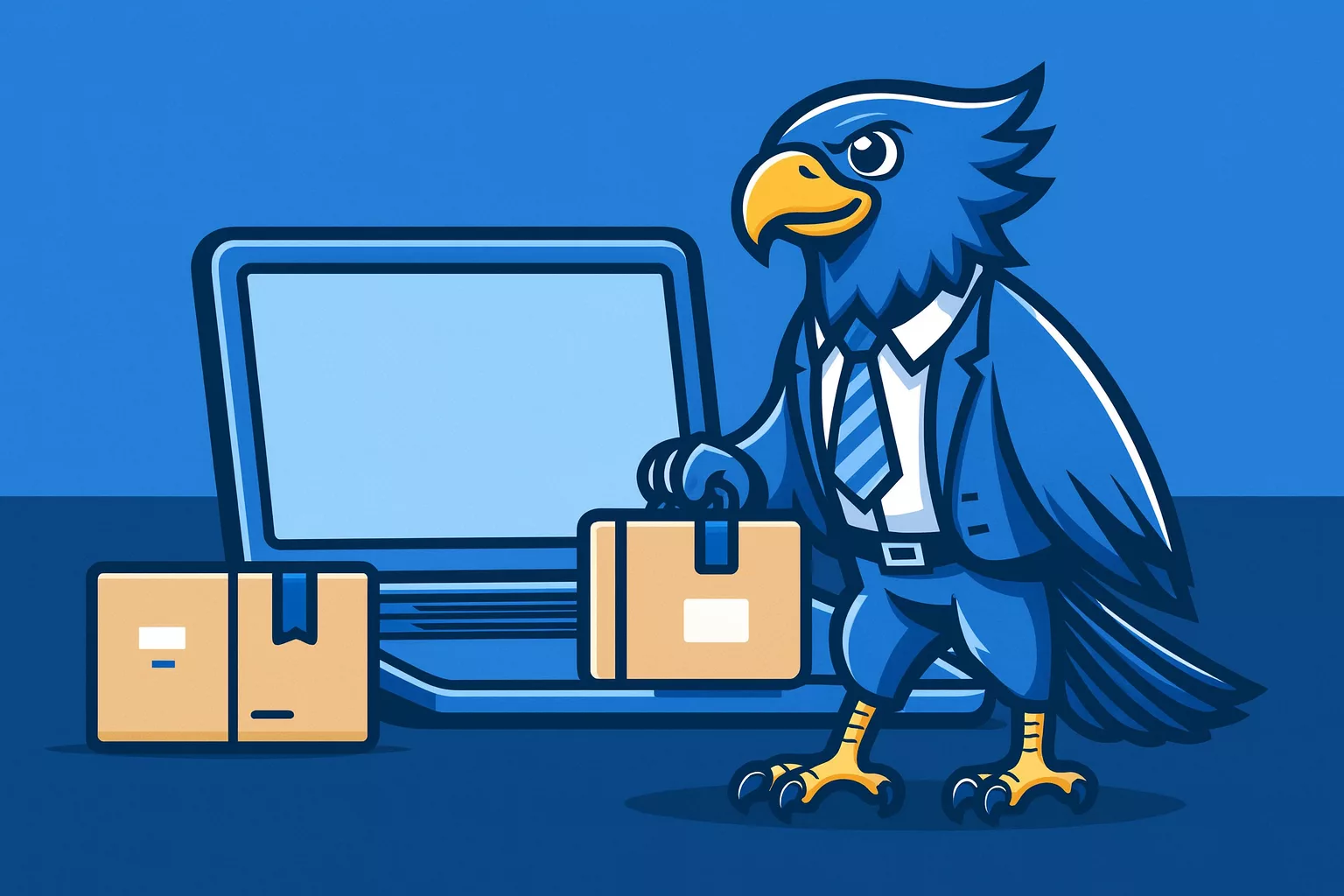Ten years ago, two colleagues launched a product they believed in. It was clever, quirky, and built with passion. They imagined it solving real problems, gaining loyal users, and maybe even disrupting an industry. But a decade later, the reality is sobering: no customers, no traction, and no buzz. The technology remains dinky and immature, a digital time capsule from a bygone era.
Yet it still exists.
The interface has barely changed. It is clunky, slow, and incompatible with modern browsers unless you tweak obscure settings. The documentation is a PDF from 2016, filled with broken links and references to features that were never built. The onboarding process feels more like a scavenger hunt than a user journey. And the roadmap is more aspiration than strategy, a list of ideas that never made it past the prototype stage.

From a purely technical standpoint, the product is outdated. It is not competitive. It is not scalable. It is not even usable without patience and nostalgia. But behind the code is a story that is harder to dismiss.
The Founders: Dreamers in the Margins
The people behind this product are not full-time entrepreneurs. They are professionals with demanding day jobs, juggling careers, families, and responsibilities. This technology is their side hustle, a labor of love born from late-night coding sessions and weekend brainstorming marathons. It is not just a project. It is a dream.
They still believe in it. Not because the market has validated it, but because it represents something deeply personal. It is a symbol of creativity, risk, and the hope that one day, their idea might catch fire. They wear the logo with quiet pride, not because it is famous, but because it is theirs.
The tension is real. Every hour spent on the platform is an hour stolen from rest, relationships, or revenue-generating work. Yet giving up feels like abandoning a part of themselves. The dream of turning a side hustle into a sustainable business is powerful and deeply human. It is not just about users or funding. It is about proving that the effort meant something.
The Quiet Persistence
Despite the silence from the market, the updates continue. The social posts go out. The roadmap gets revised. Not because the world is watching, but because the founders are. They still show up to conferences, still demo the product, still believe in its potential. Their optimism is admirable, even if the odds are long.
There is something beautiful about that kind of persistence. It is not driven by metrics or market share. It is driven by hope. By the belief that maybe, just maybe, the right person will discover it. That the right moment will arrive. That the dream is not dead. It is just waiting.
Every founder faces this question eventually: when do you stop? When do you accept that the market is not coming, and the dream is not viable? It is a painful decision, especially when the product is more than just code. It is a piece of your identity.
When to Let Go, and When to Hold On
But maybe the answer is not binary. Maybe it is not about quitting or continuing. Maybe it is about reframing. About recognizing the value in the journey, even if the destination never materializes. About honoring the creativity, the courage, and the commitment it took to build something from nothing.
Because even if the product never finds its audience, the story behind it matters. It is a testament to the power of side hustles, to the resilience of dreamers, and to the quiet dignity of building something just because you believe in it.
If you are a founder, a creator, or someone nurturing a side hustle in the margins of your life, this story might feel familiar. And if it does, know this: your effort is not wasted. Your dream is not foolish. And your persistence is not invisible.

It is real. It is brave. And it is worth something.










